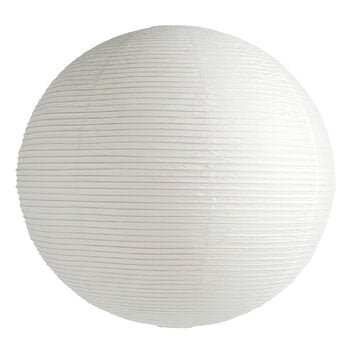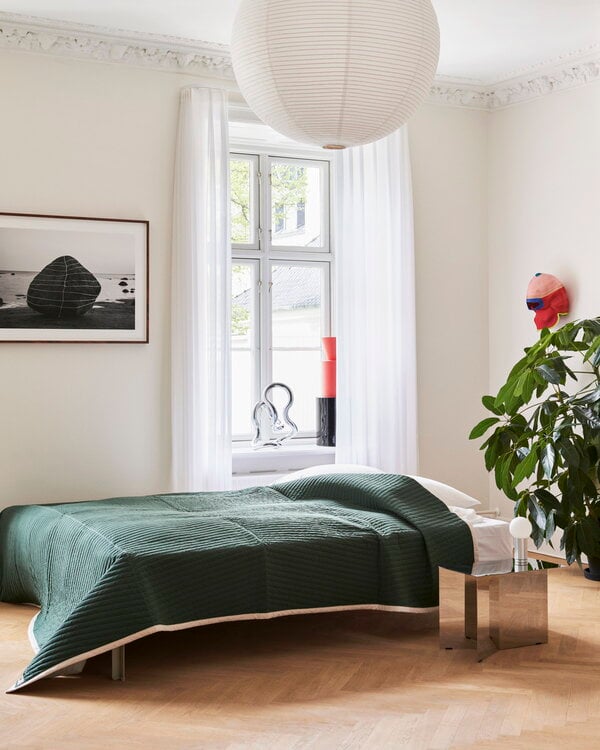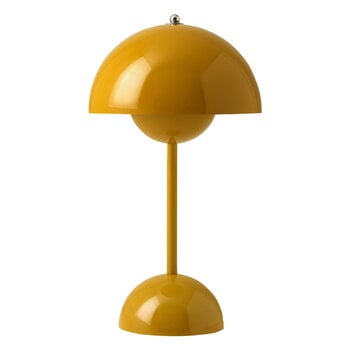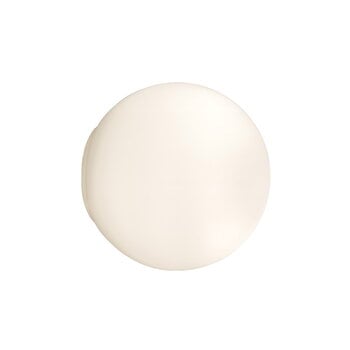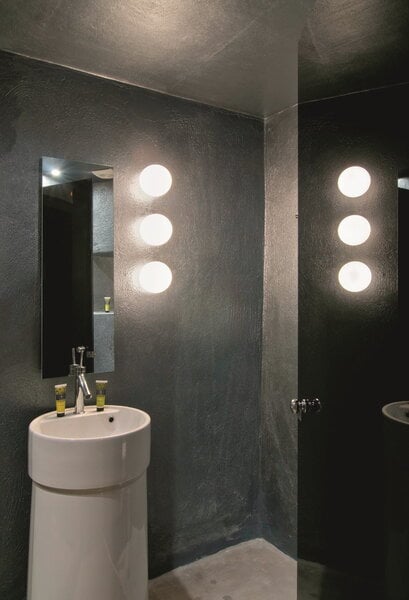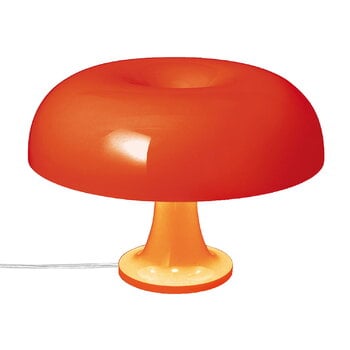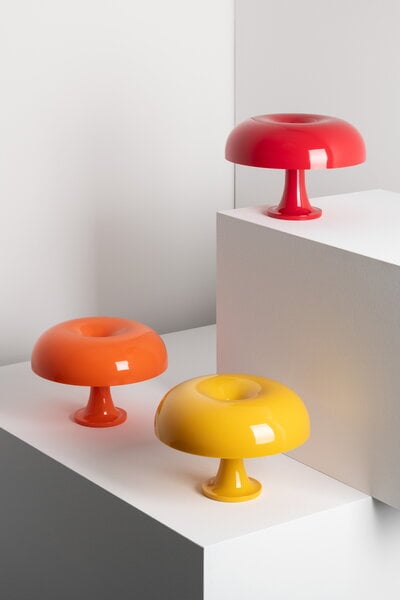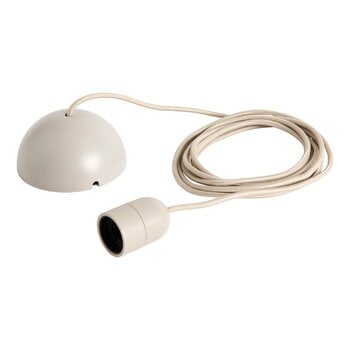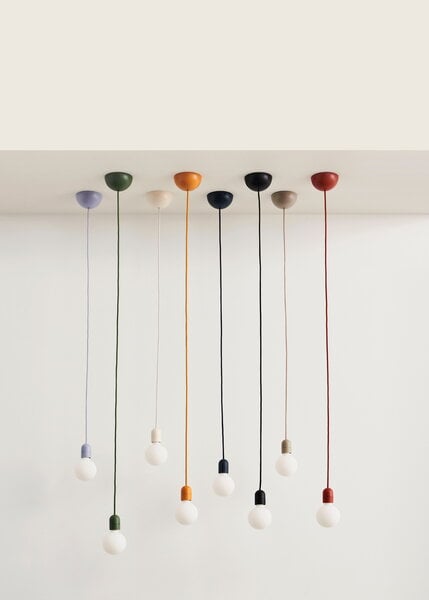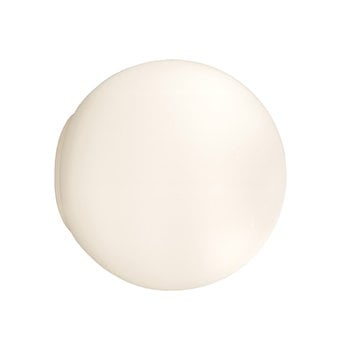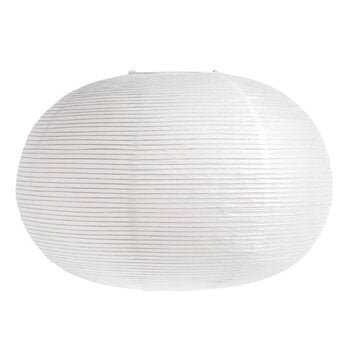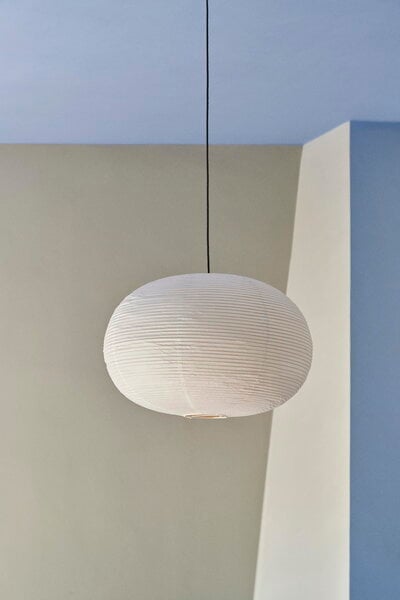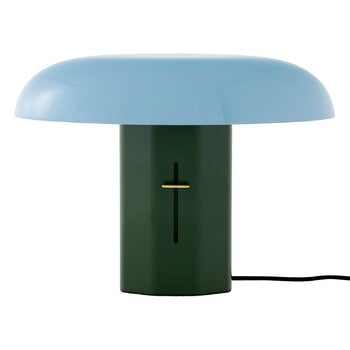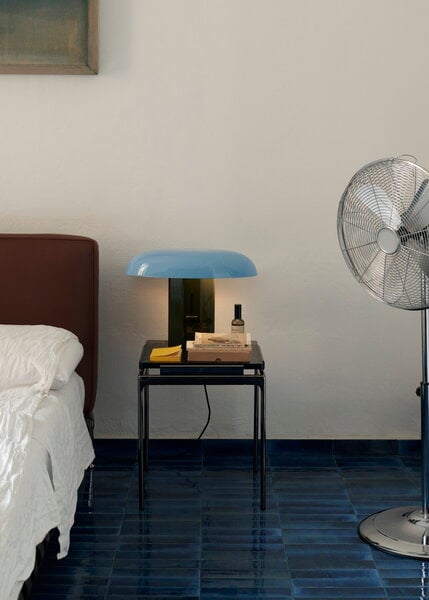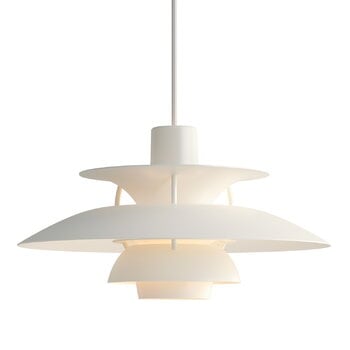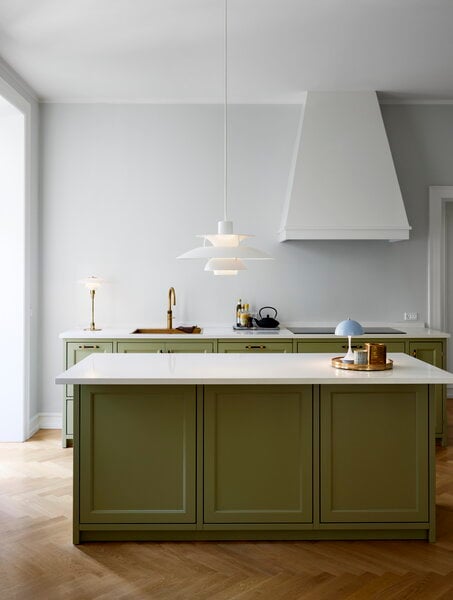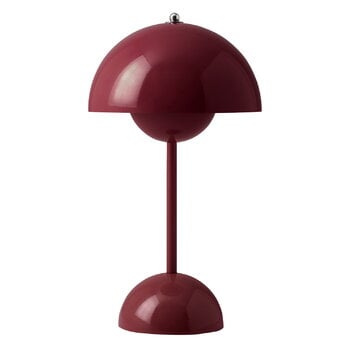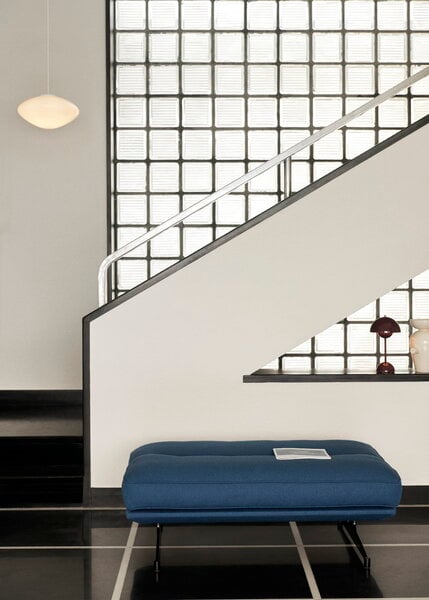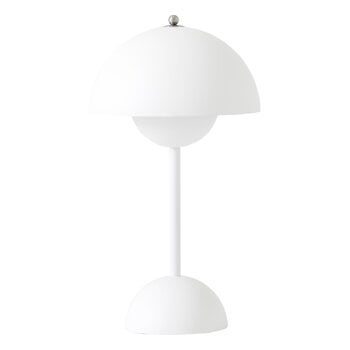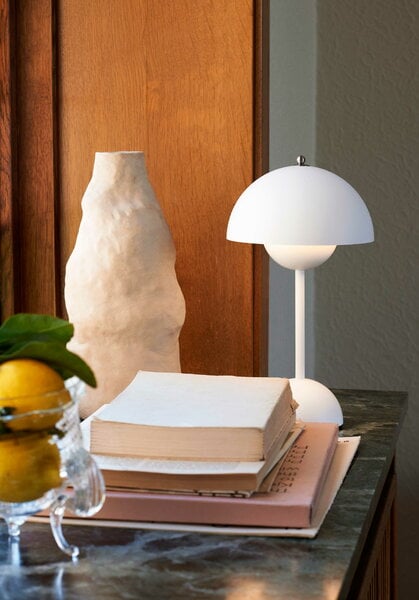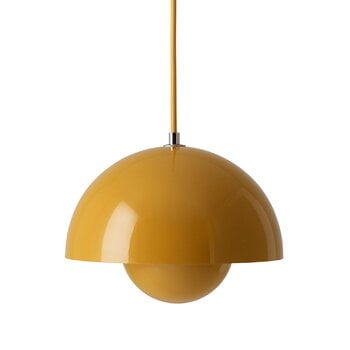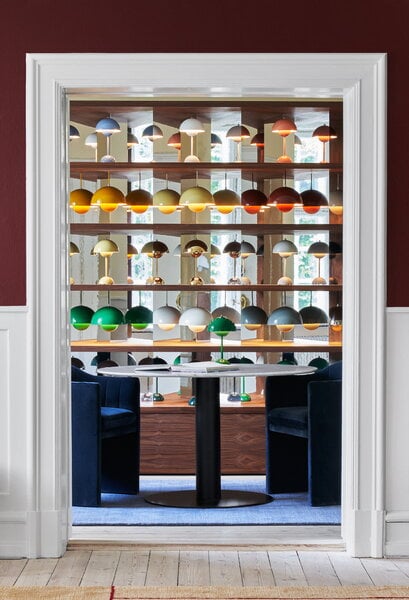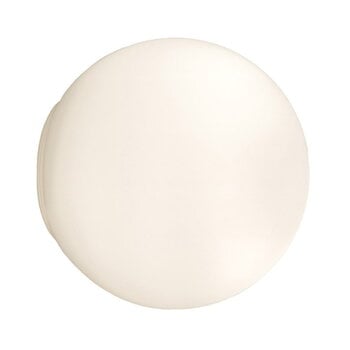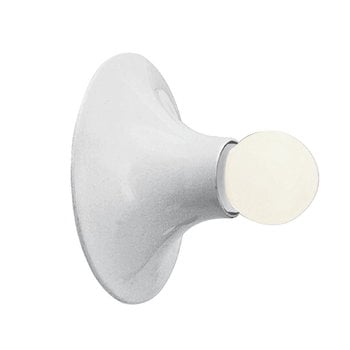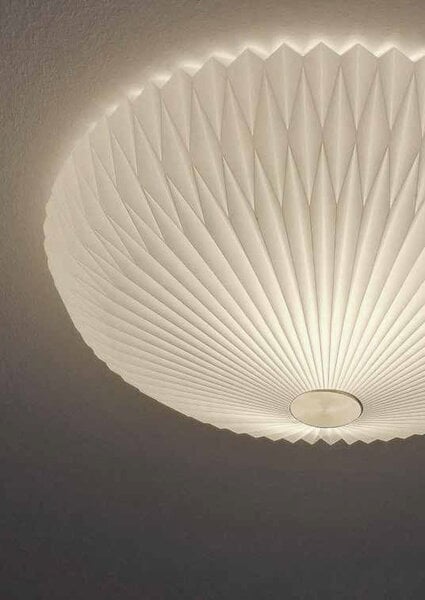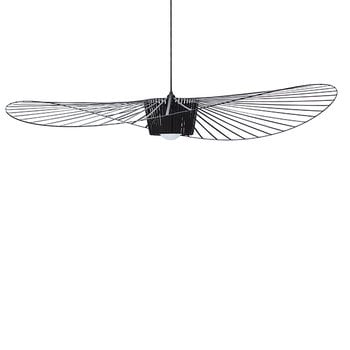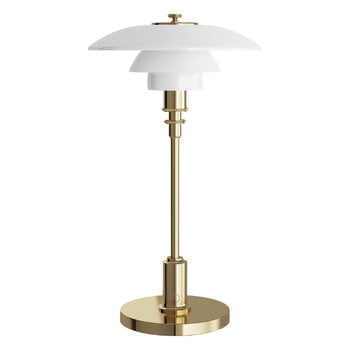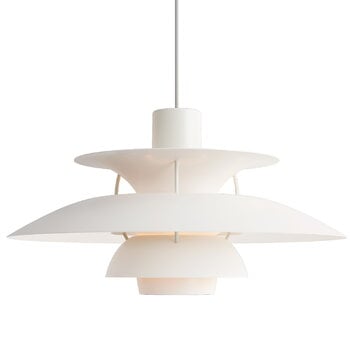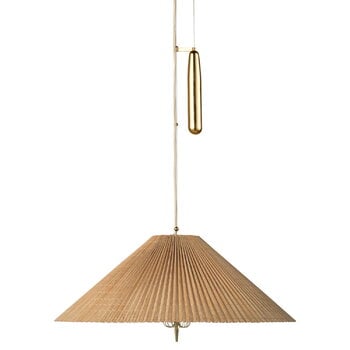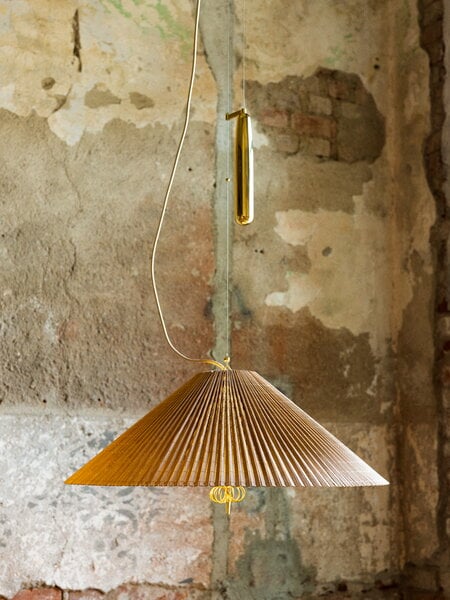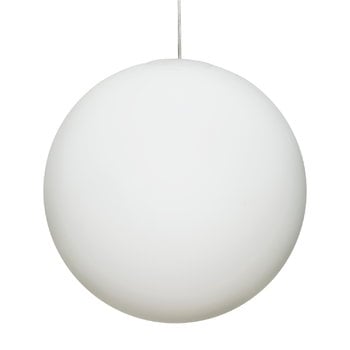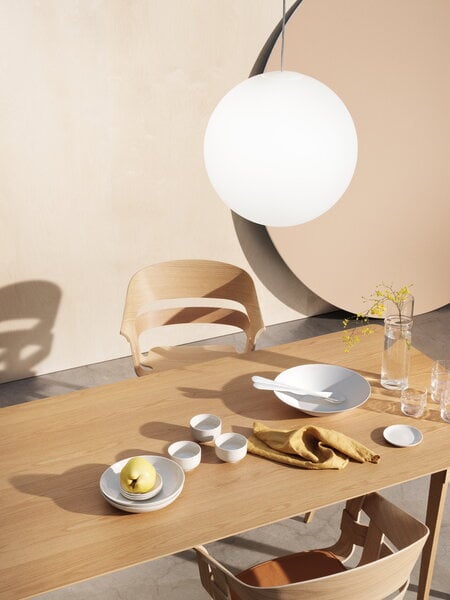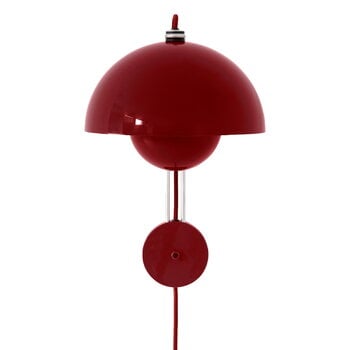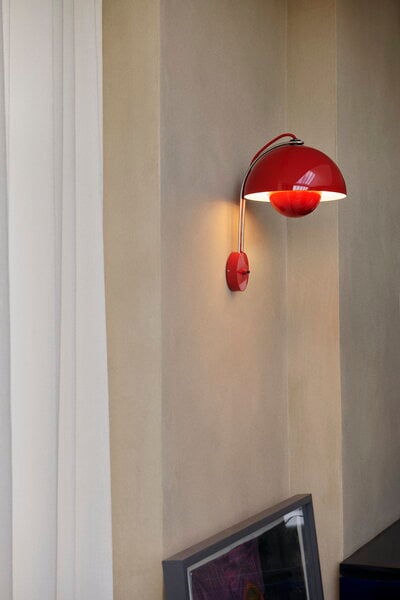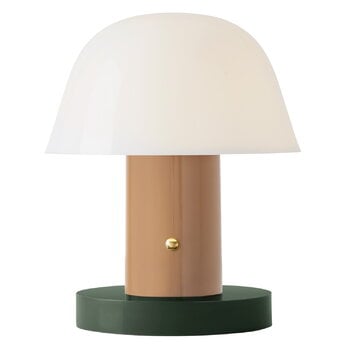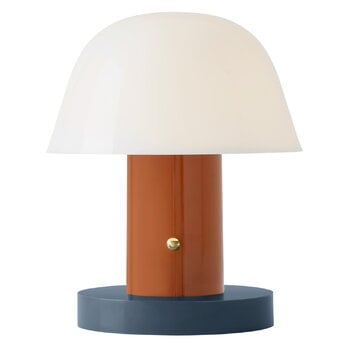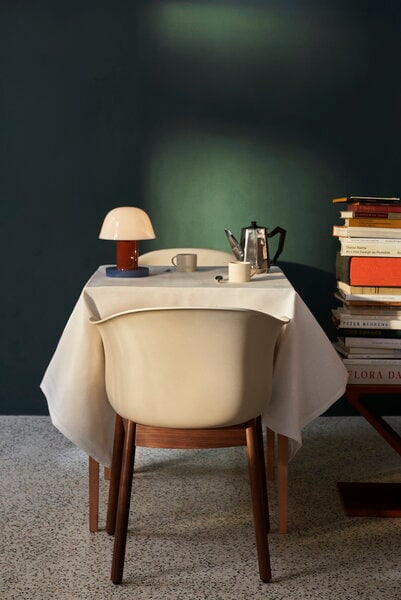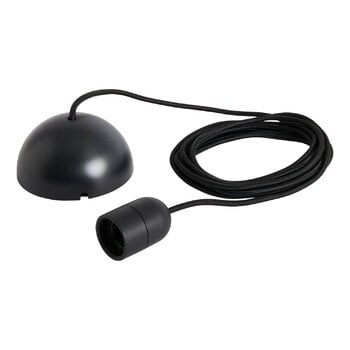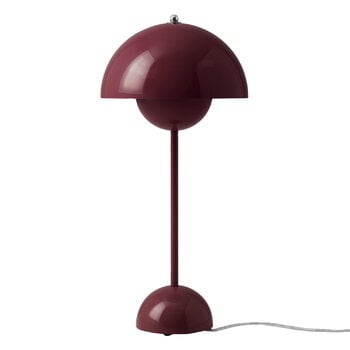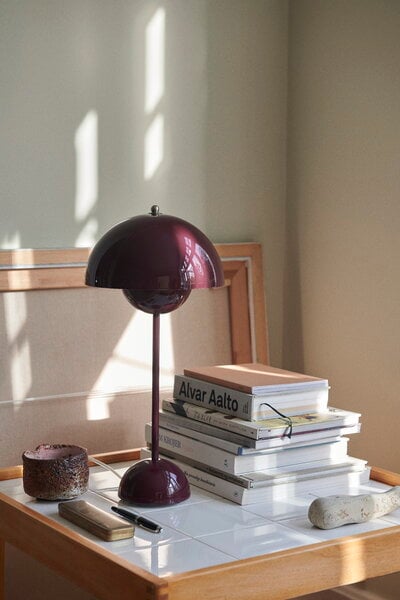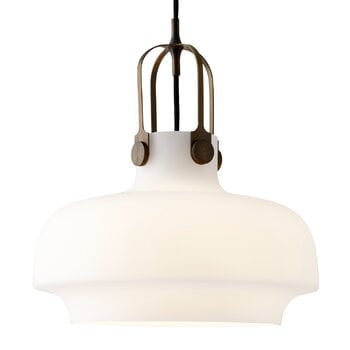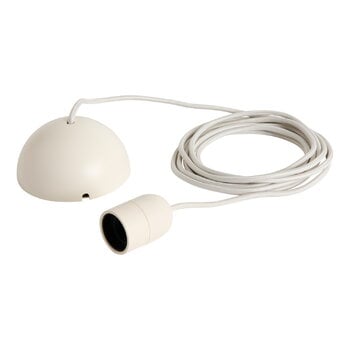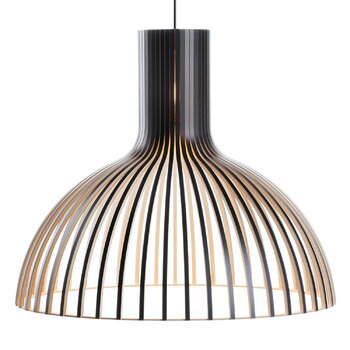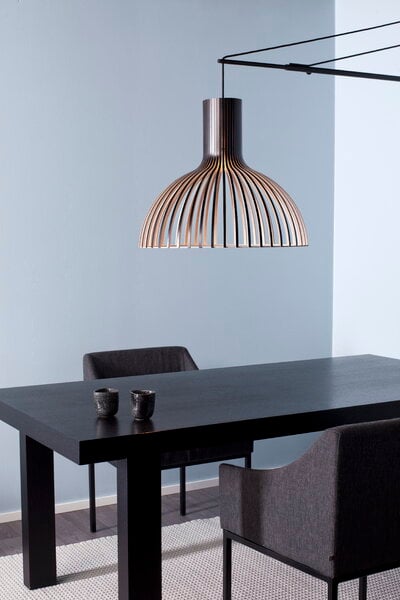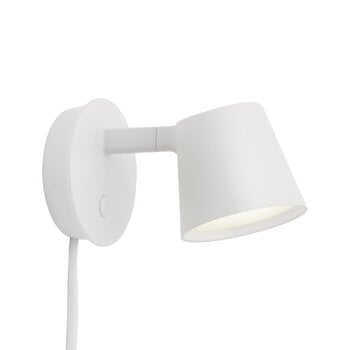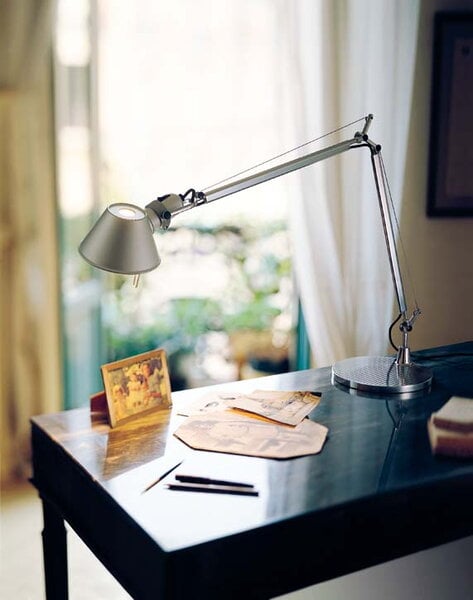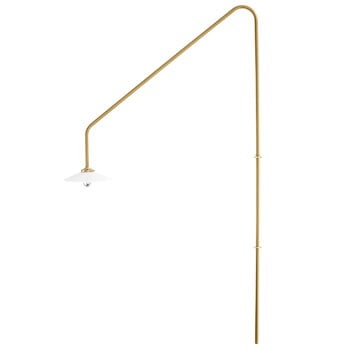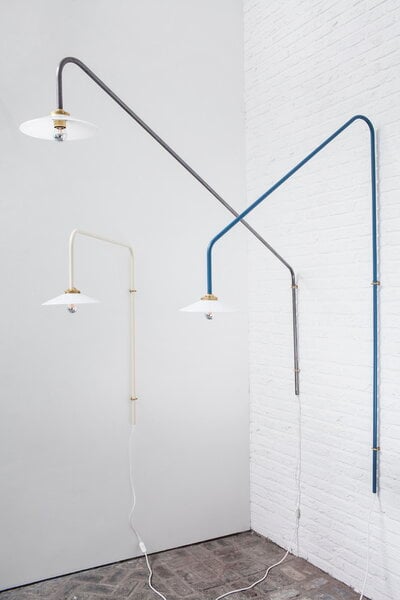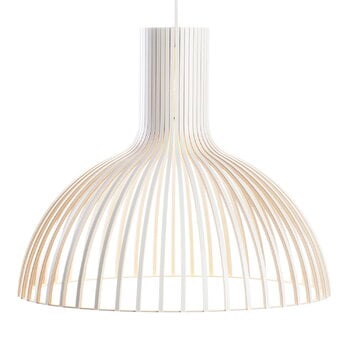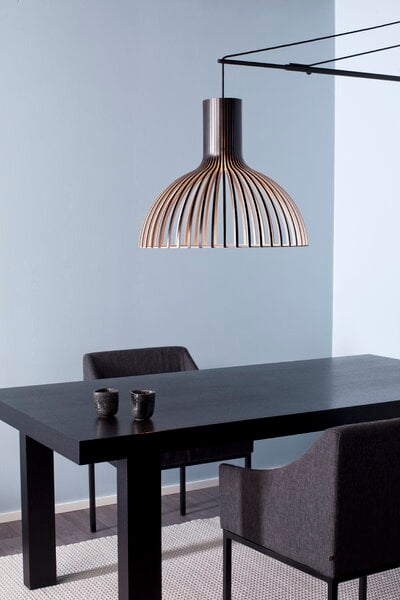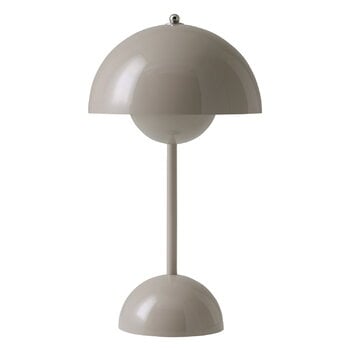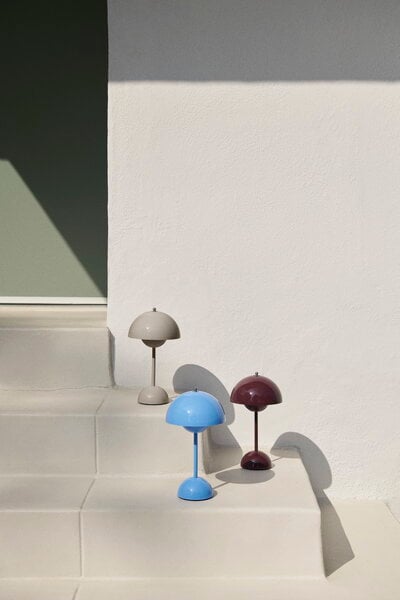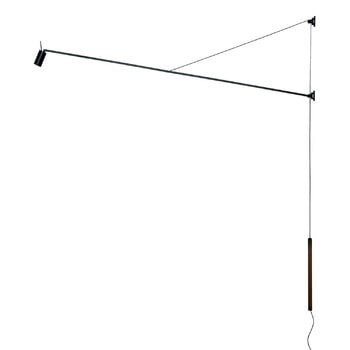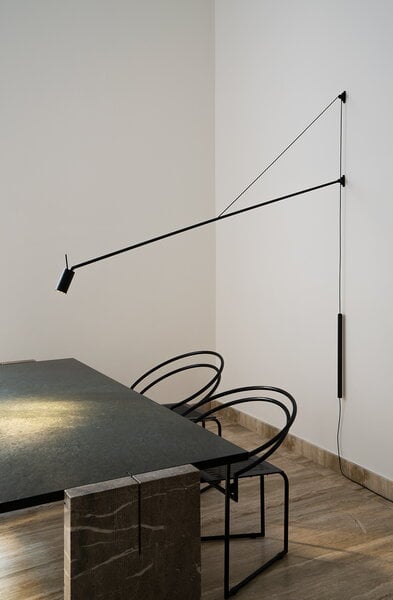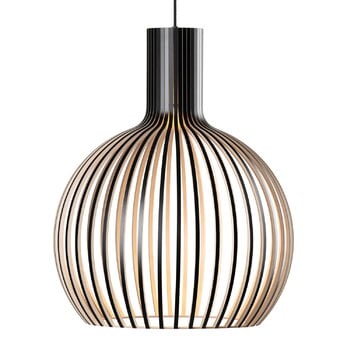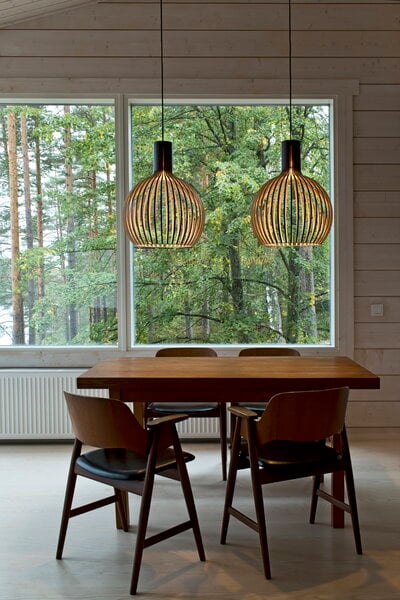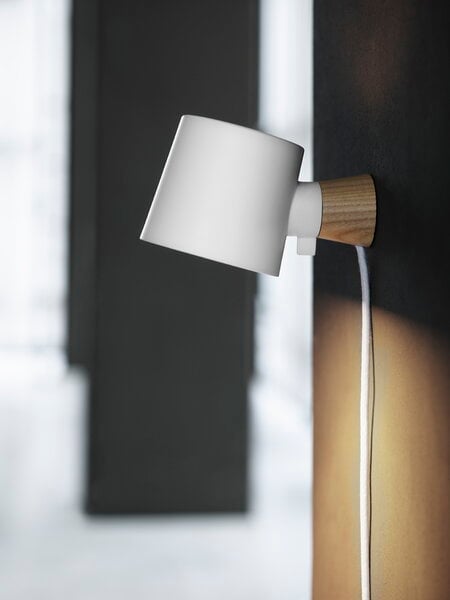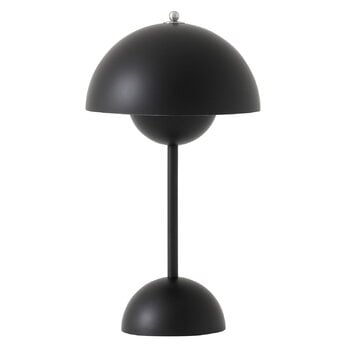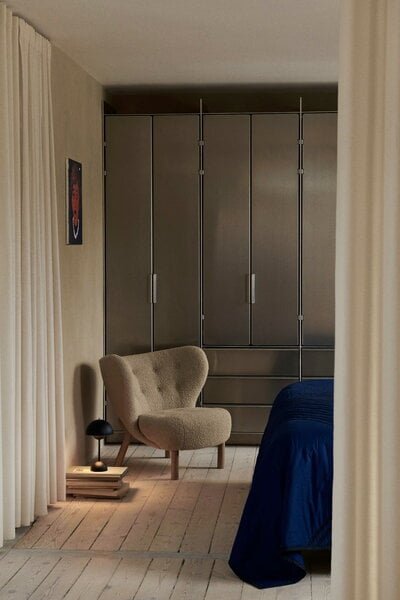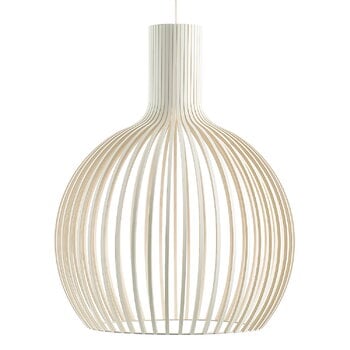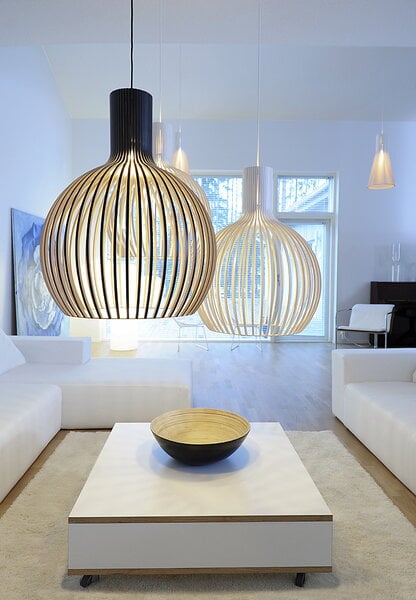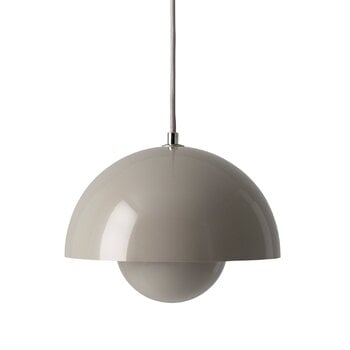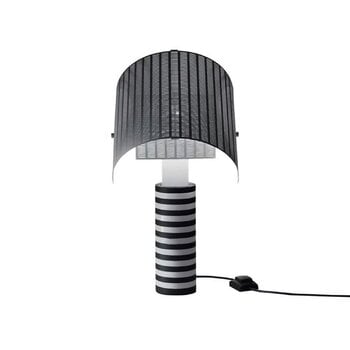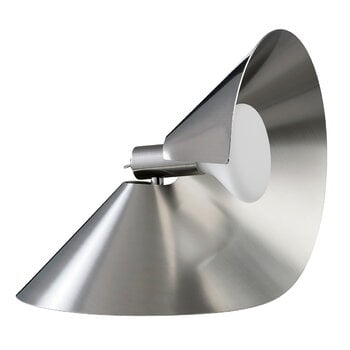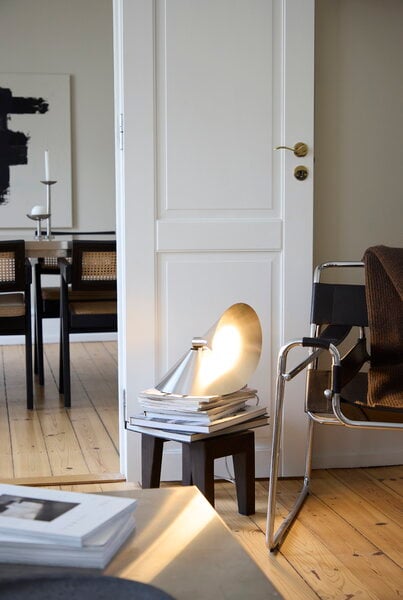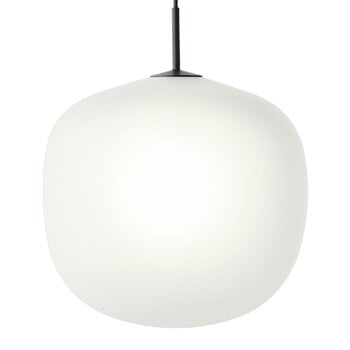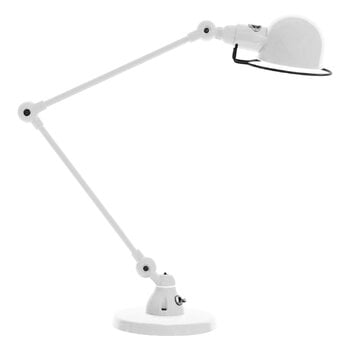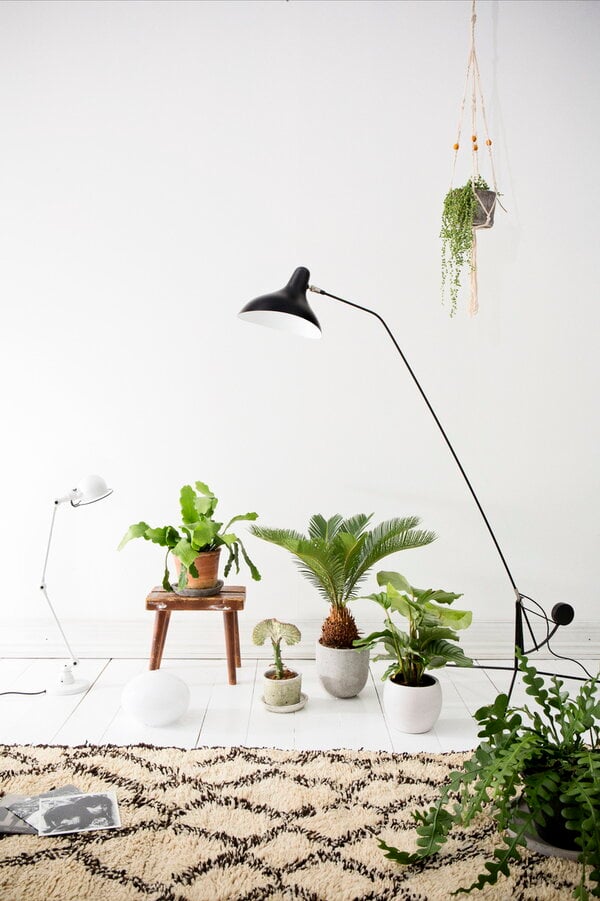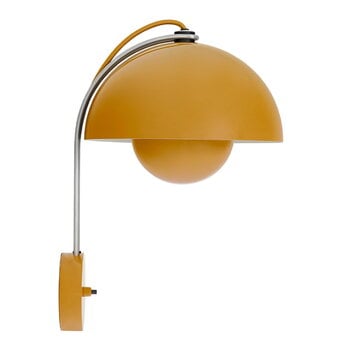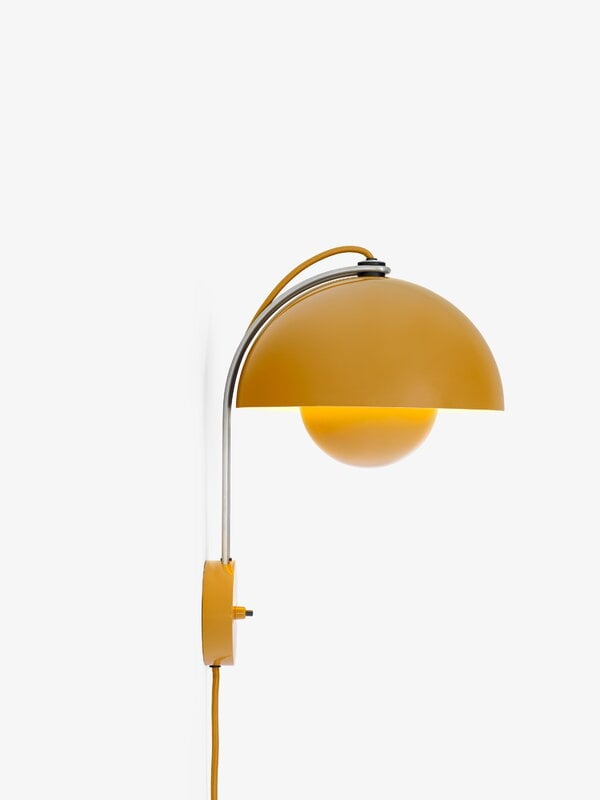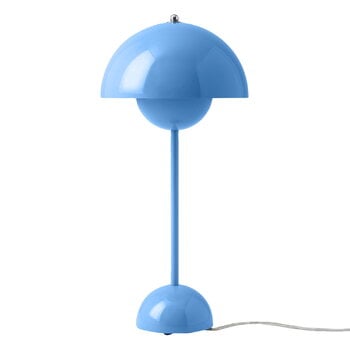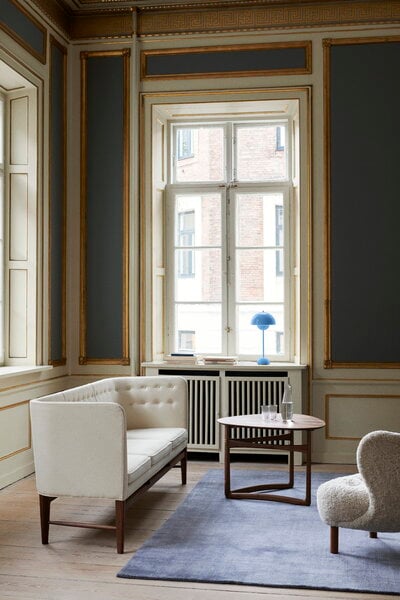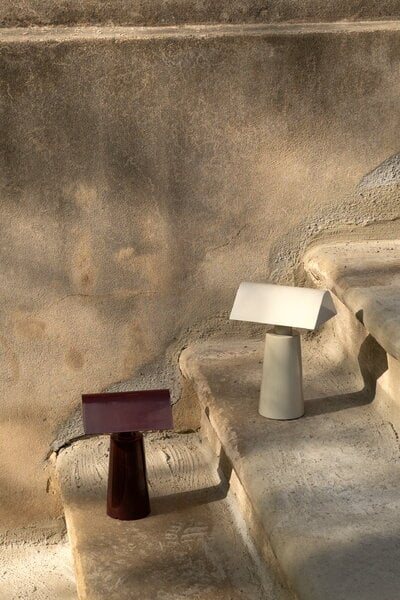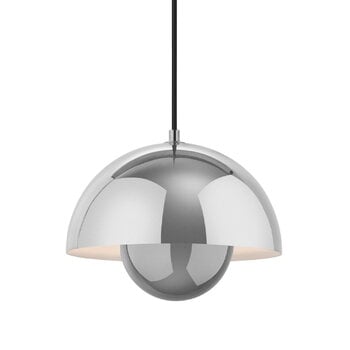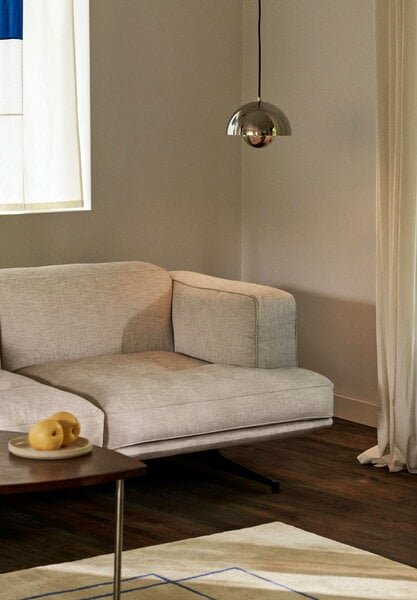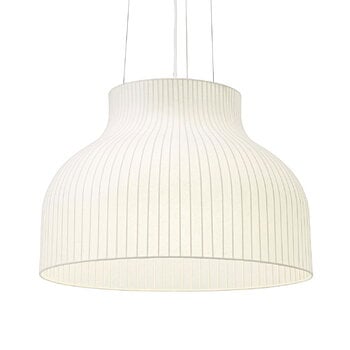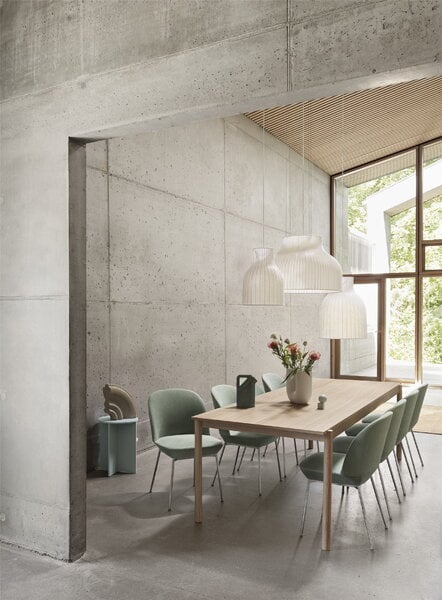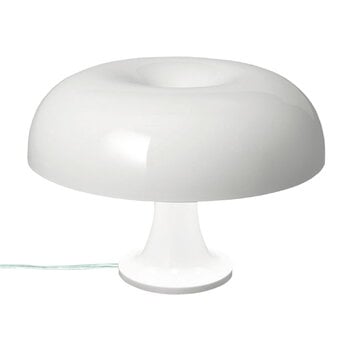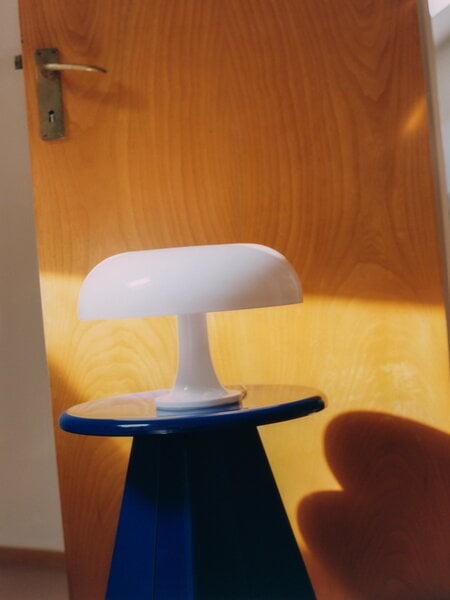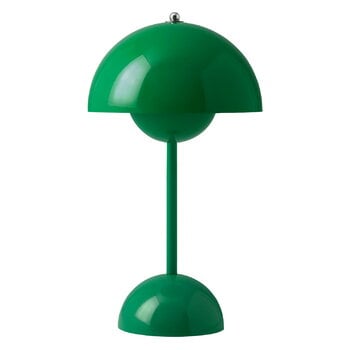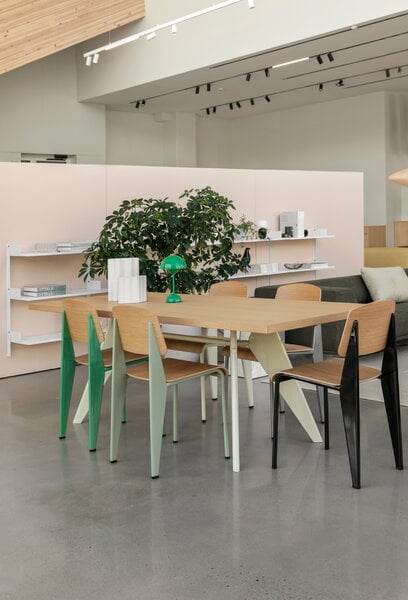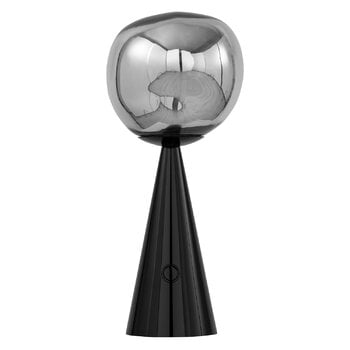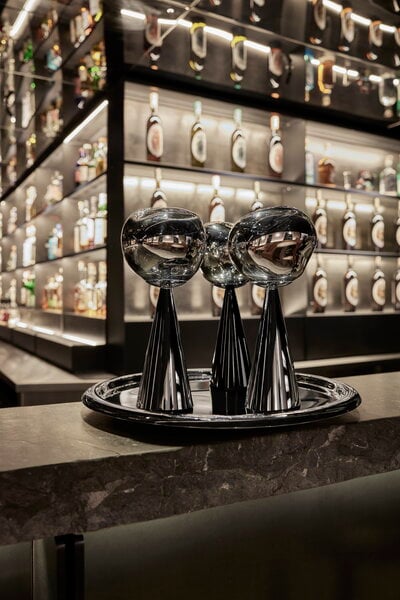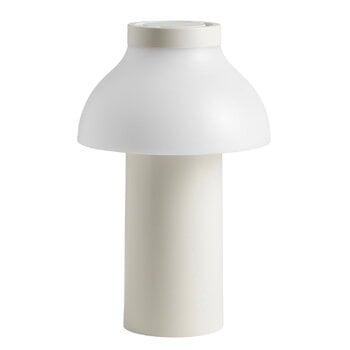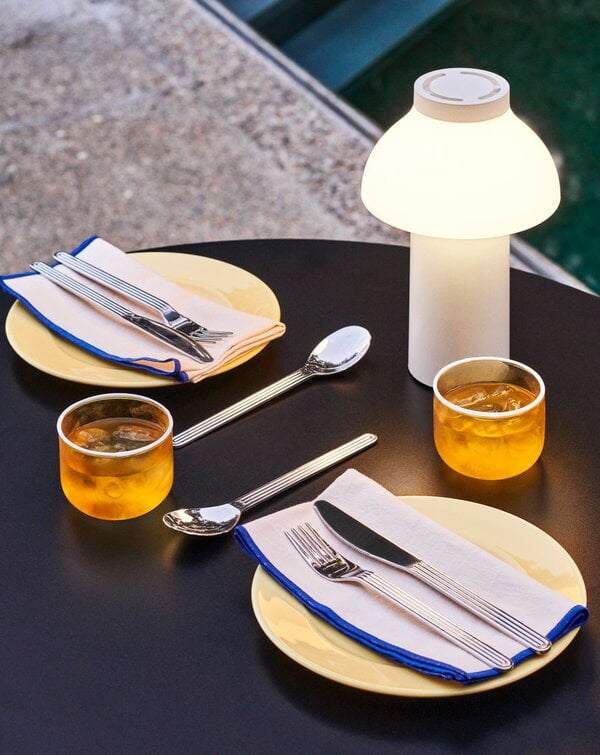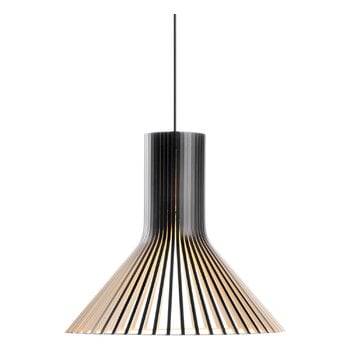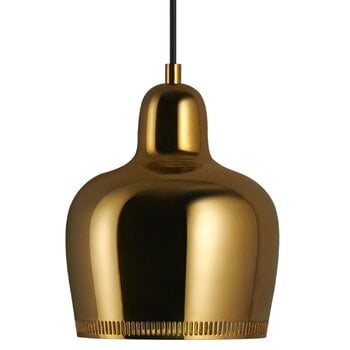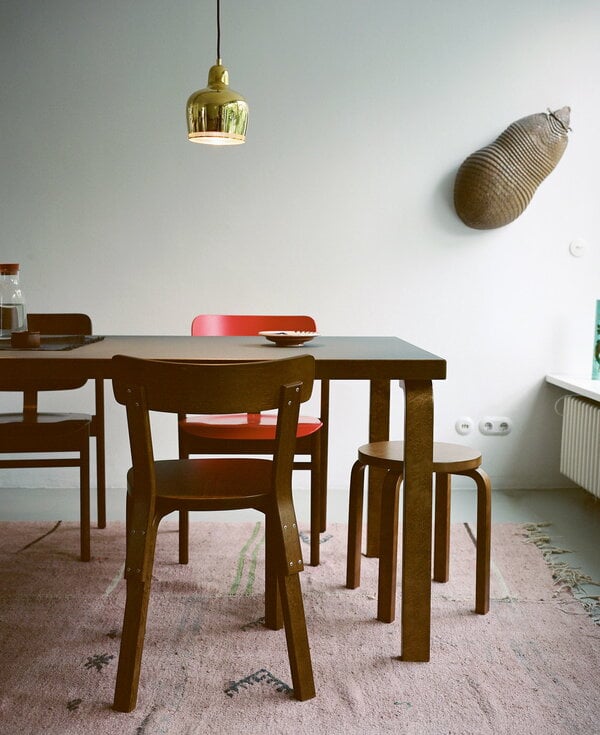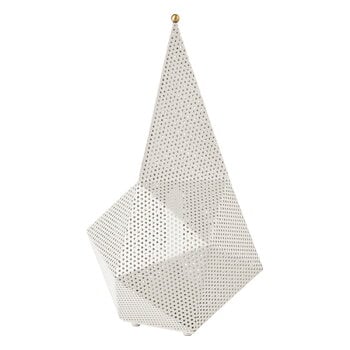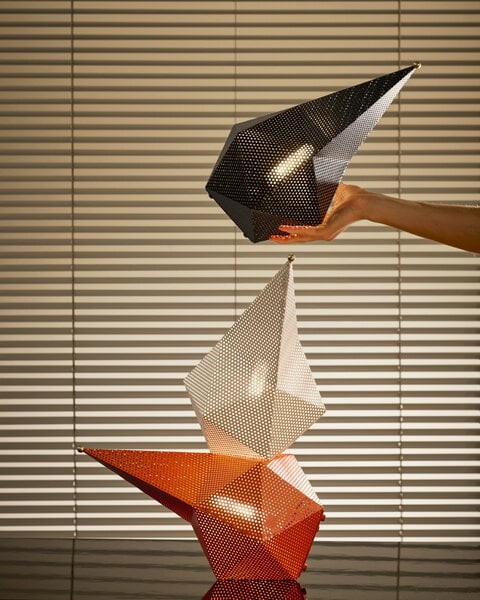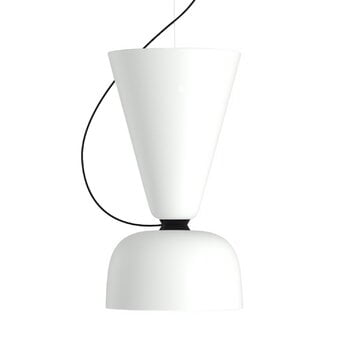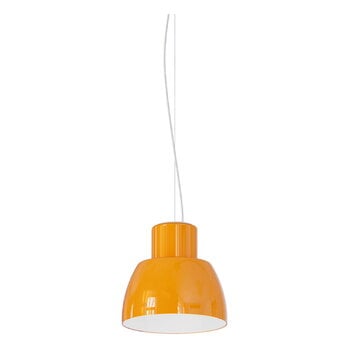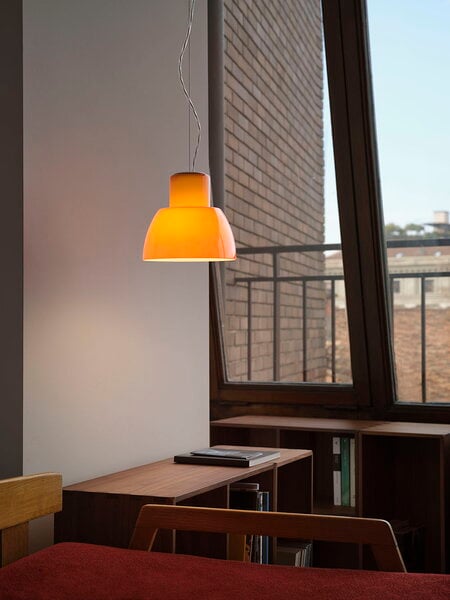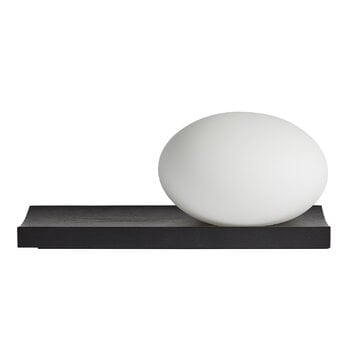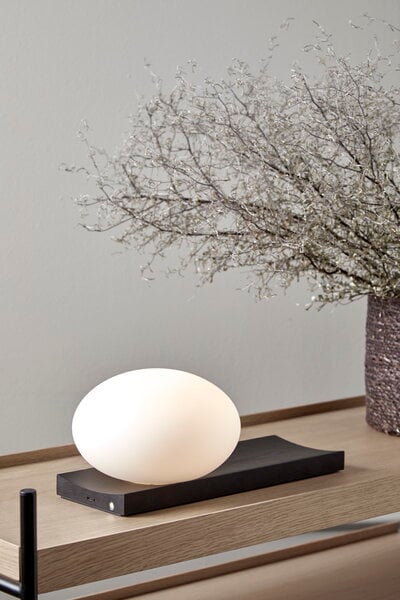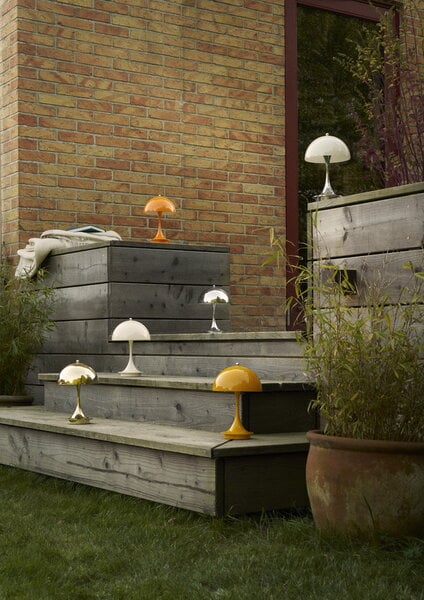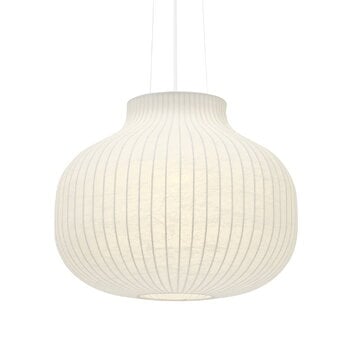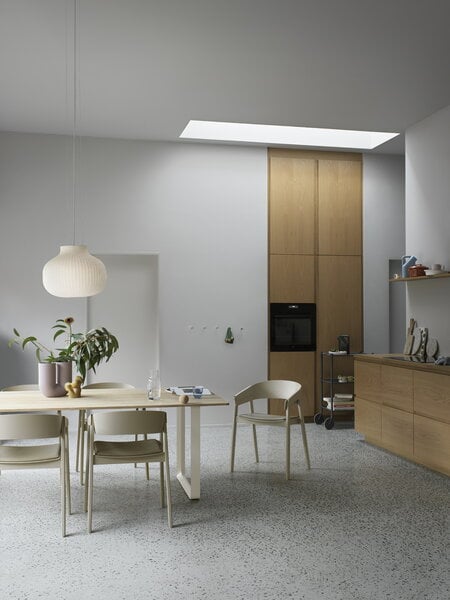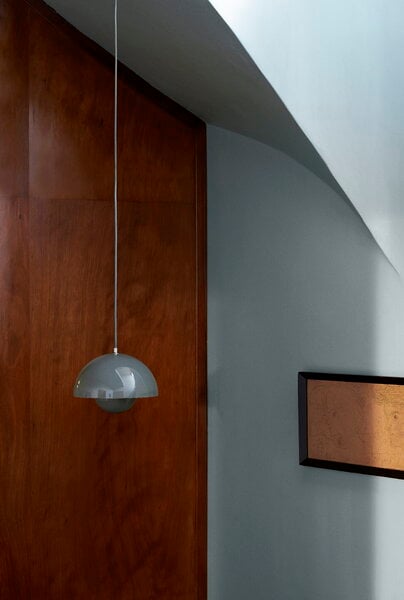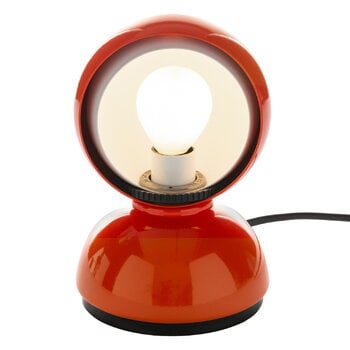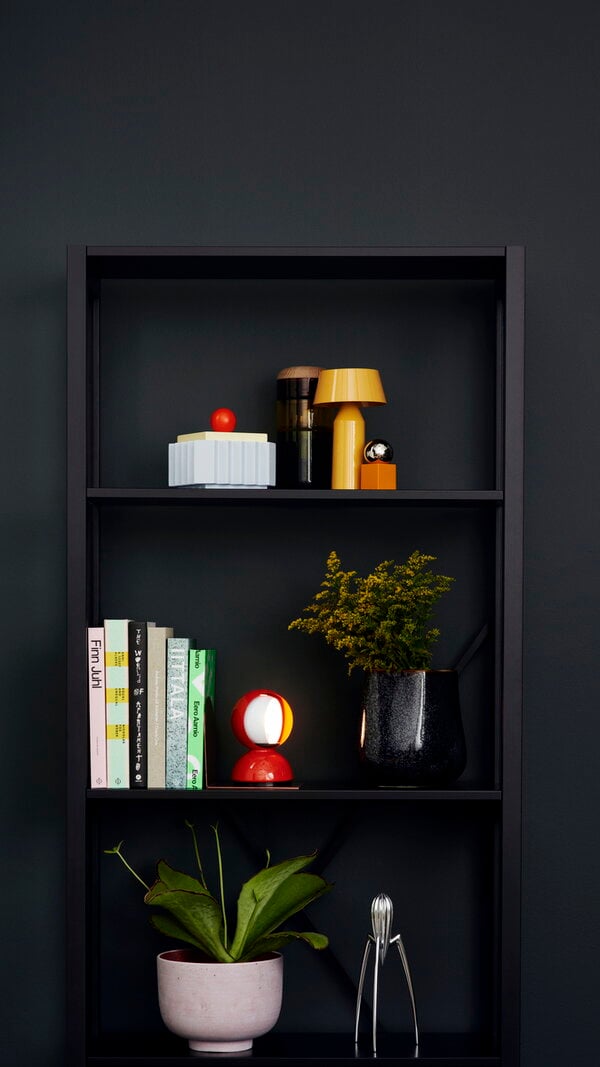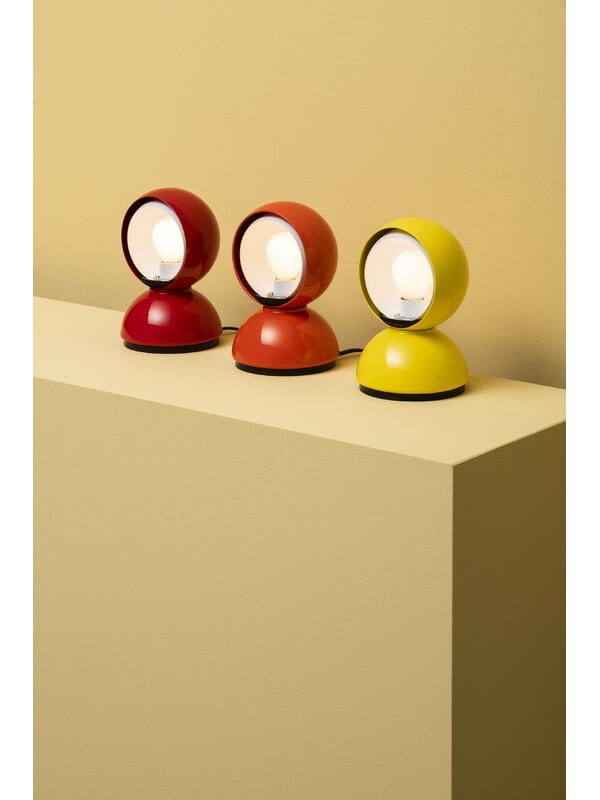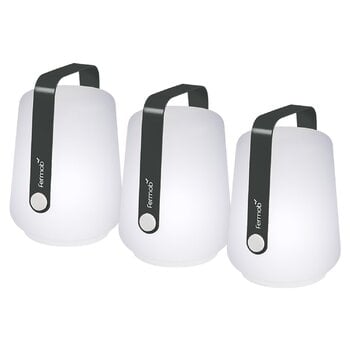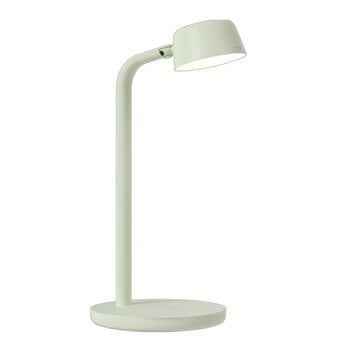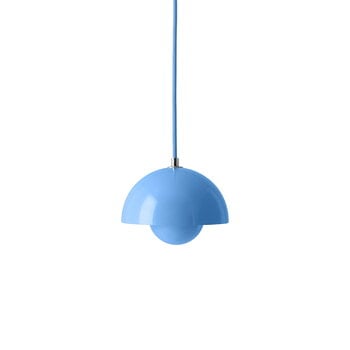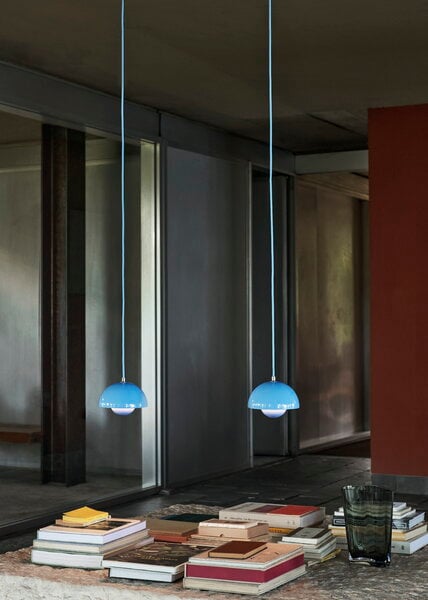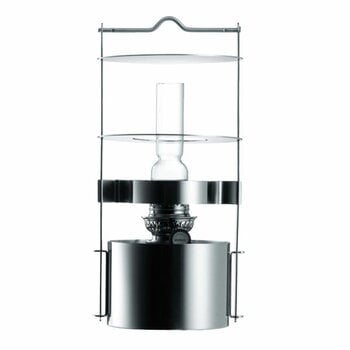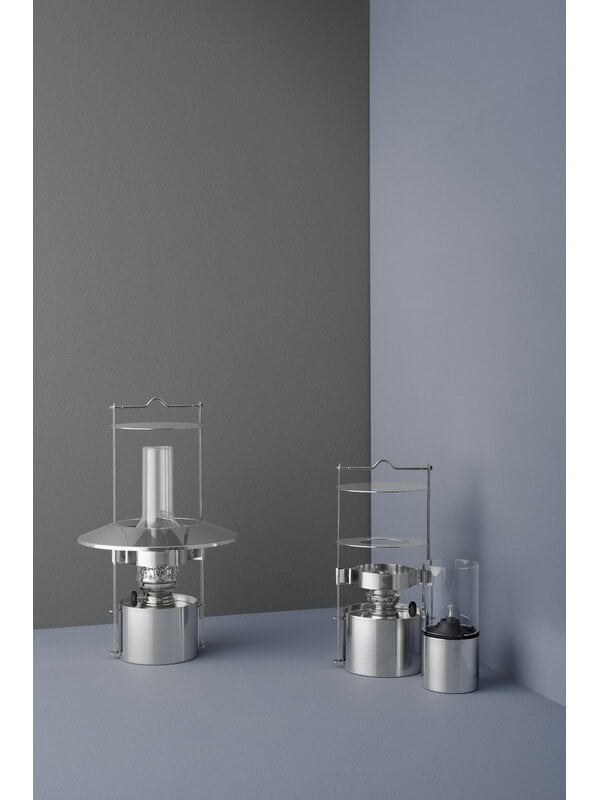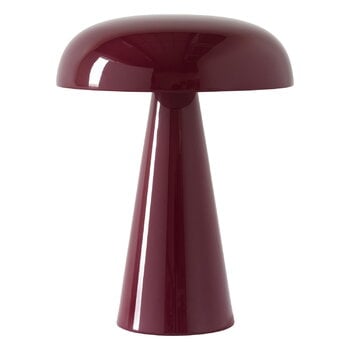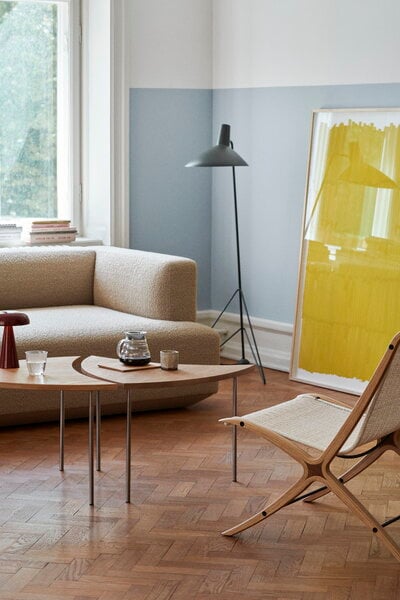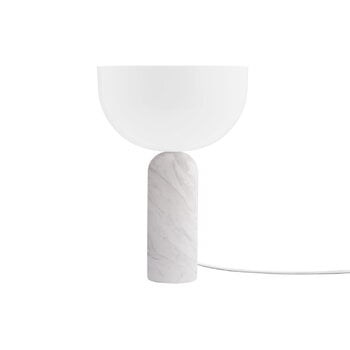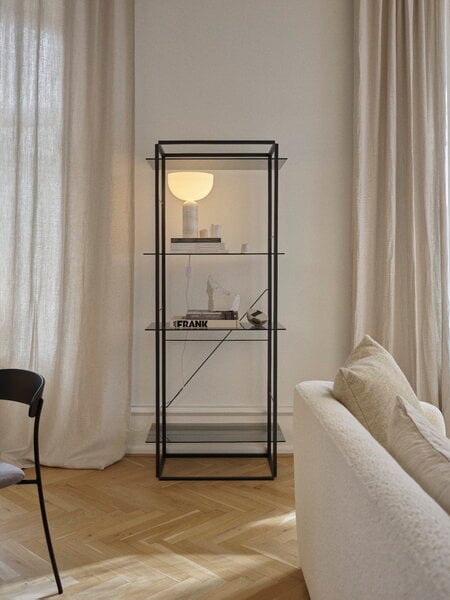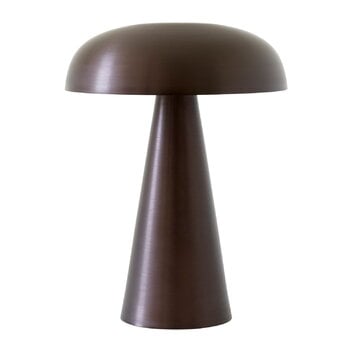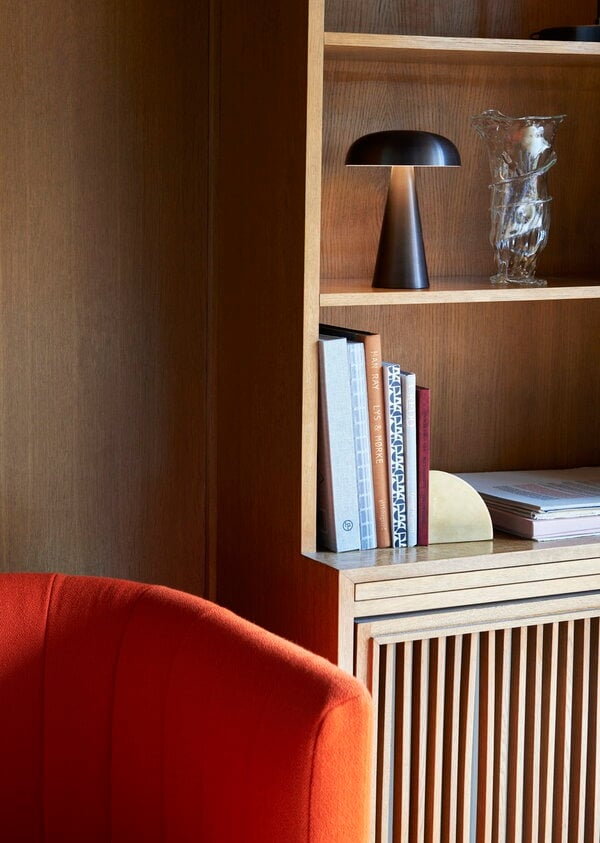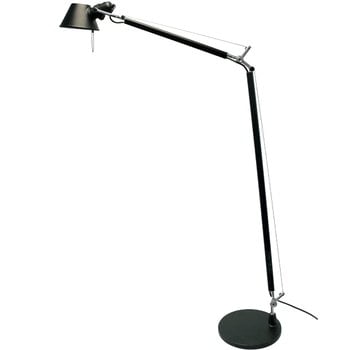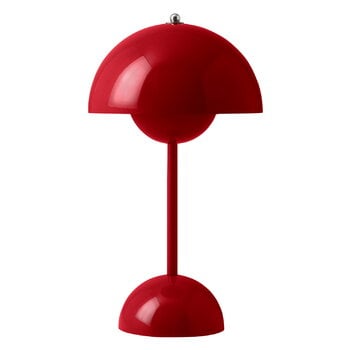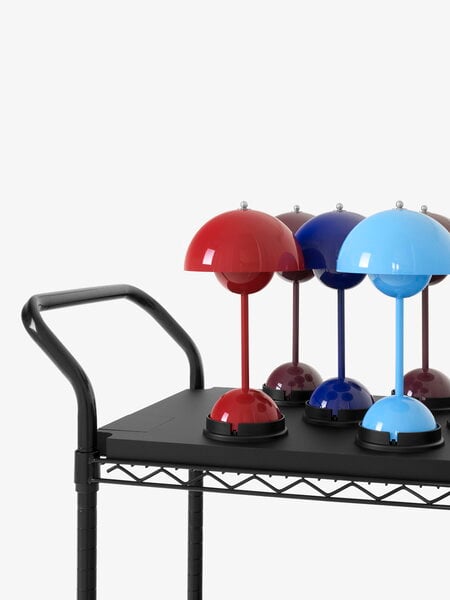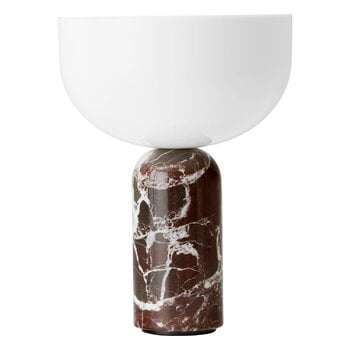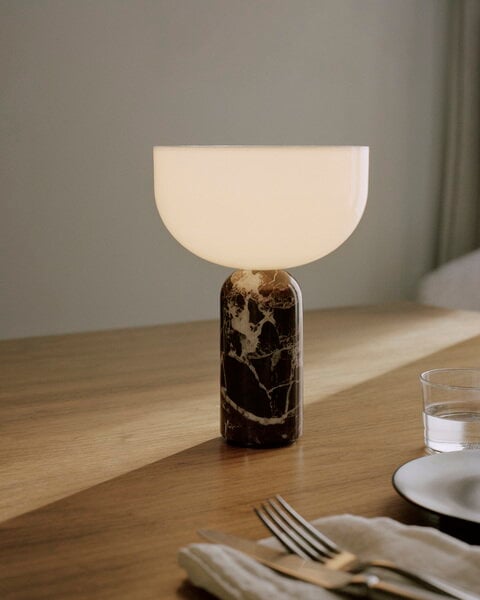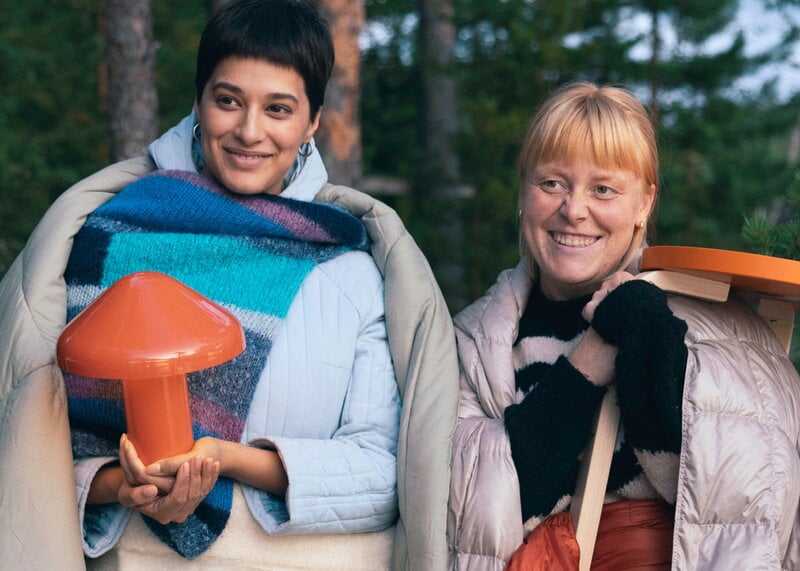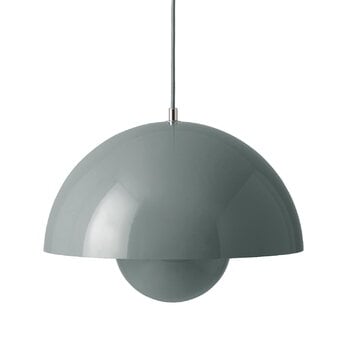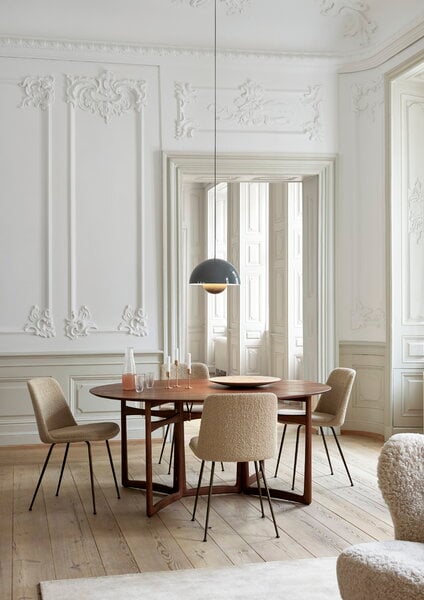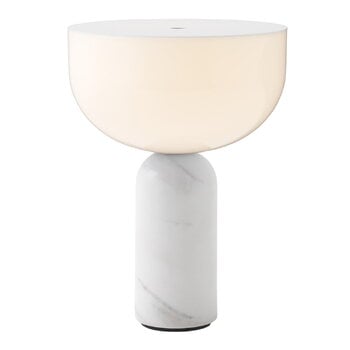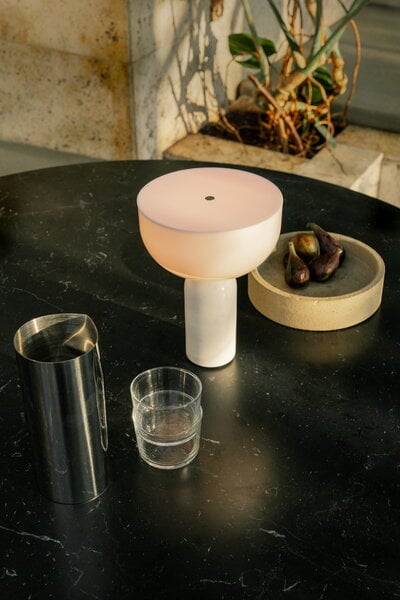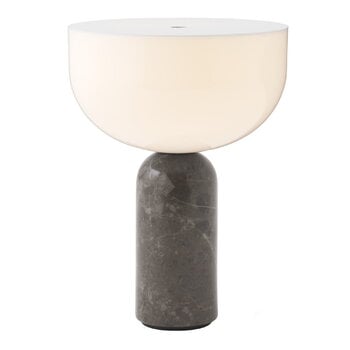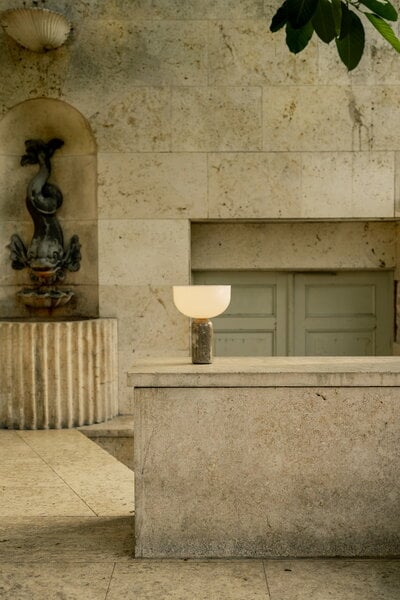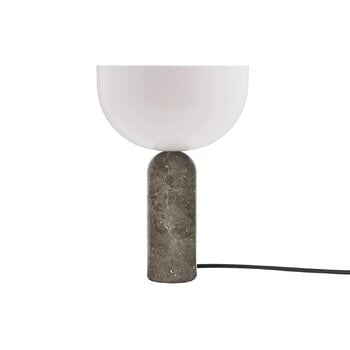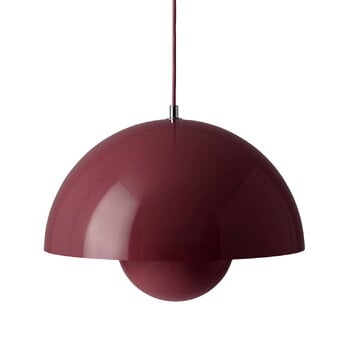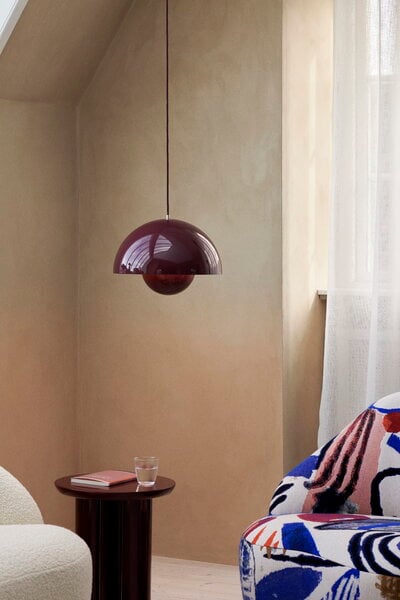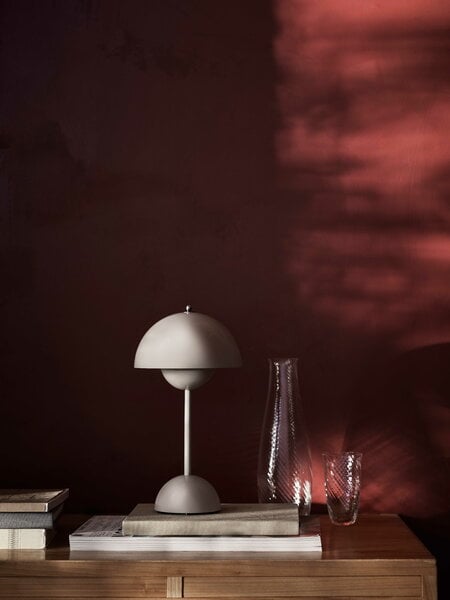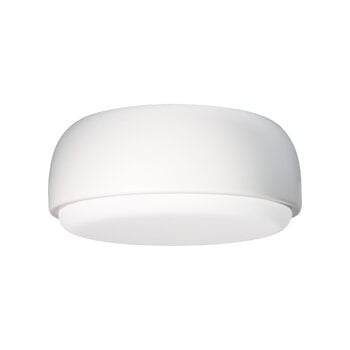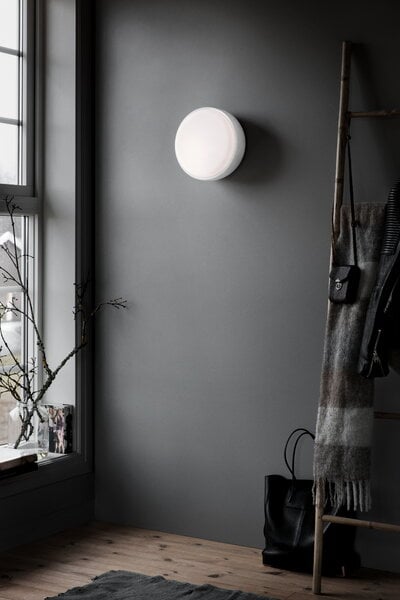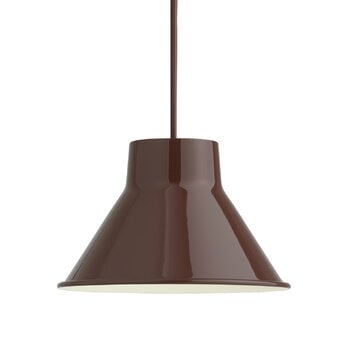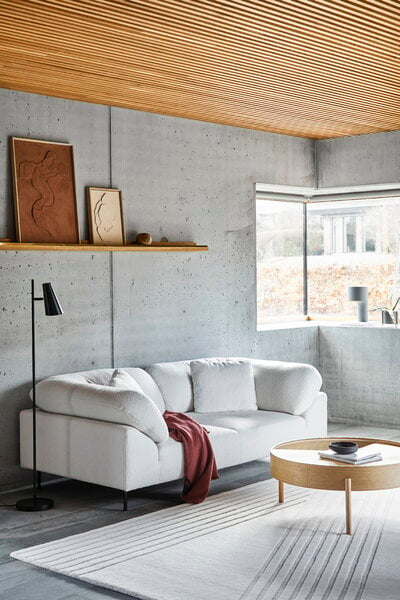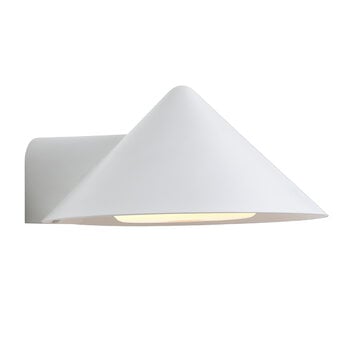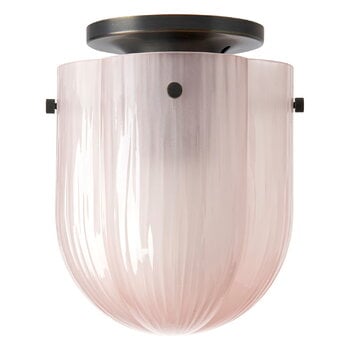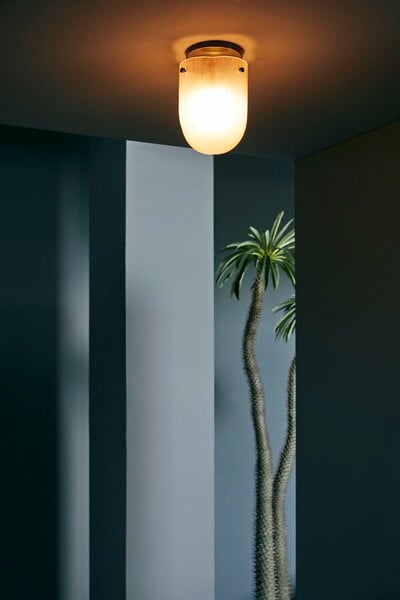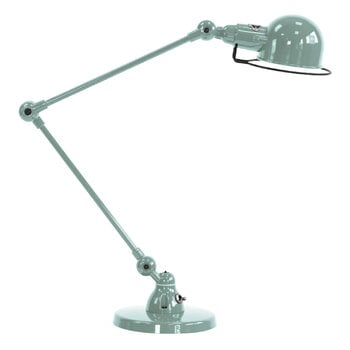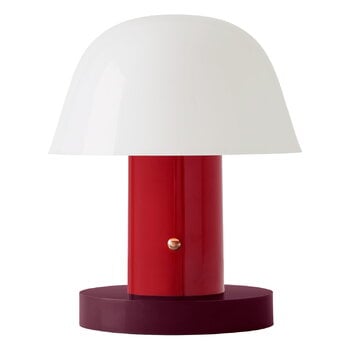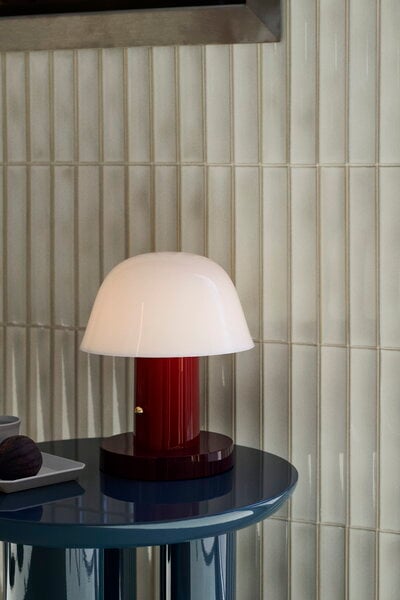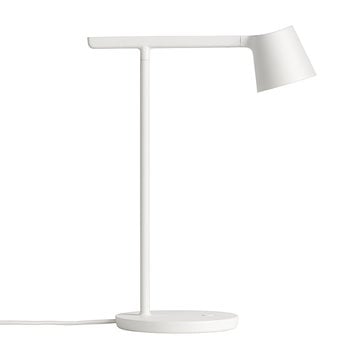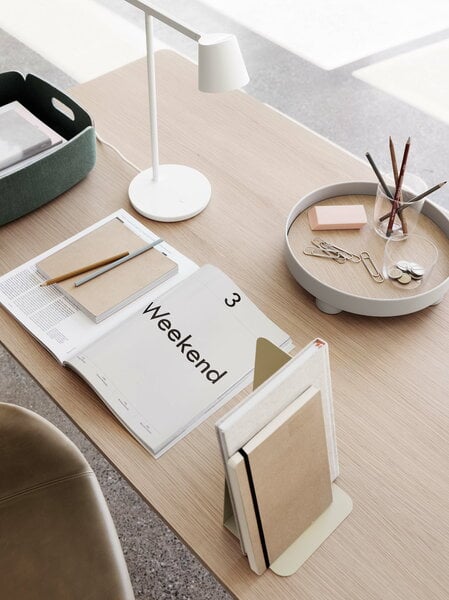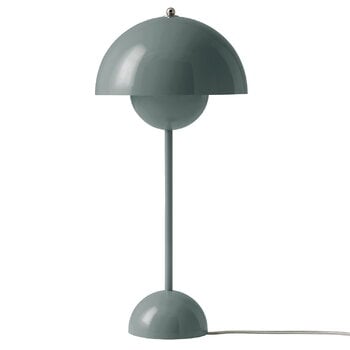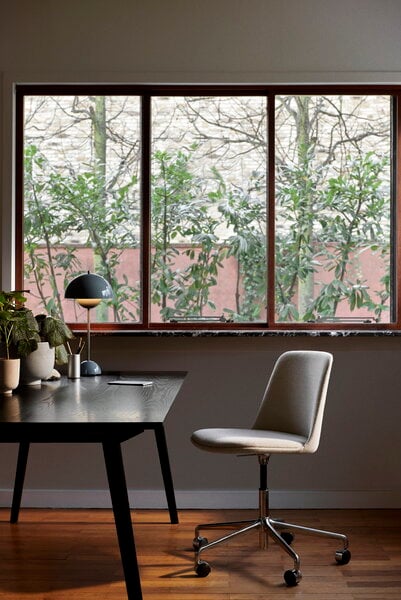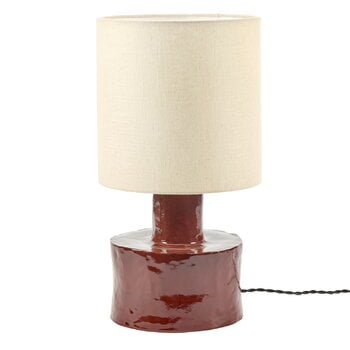- Products
- Lighting
Lighting
Lighting is the interaction of light, space and colours. Well-designed lighting consists of lamps that complement the colours and shapes of each space and leave room for shadows, too. We offer a wide selection of designer lamps from Nordic brands including Artek, Secto Design and Louis Poulsen. Turn on the lights and let them shine!
Lighting: Filter products
2837 products
Some popular categories:
GUBI lightingHAY lightingFlos lightingLouis Poulsen lightingLouis Poulsen pendant lightsAudo Copenhagen lightingMuuto lightingFoscarini lightingArtemide lightingArtek lightingKartell lightingFatboy lighting&Tradition lightingArtemide floor lampsTom Dixon lightingMarset lightingFlos floor lampsFlos table lampsTom Dixon pendant lightsFlos pendant lightsPoul Henningsen lightingGeorge Nelson lightingVerner Panton lightingGeorge Nelson pendantsMuuto pendantsArtemide table lampsLe Klint lampsArtemide desk lampsLuxo lightingFermob lightingBlack table lampsWhite table lampsBlue table lampsGreen table lampsGray table lampsPink table lampsRice paper and paper lampsFor the love of lighting: Find ideal Nordic lights for every room
Right lighting can really transform a home, and Nordic lights are one of the most timeless design trends in lighting. Here at Finnish Design Shop, you’ll find all the Scandi lighting you need to illuminate your house and breathe new life into every room.
Good lighting design is our passion, and what we promise is high-quality Nordic lighting with outstanding aesthetics. Possibly because of the long and dark winters of the North, lighting has a very special place in our hearts. In Finland, we like to let the light shine throughout the house, but we also enjoy turning off the main lights and switching on smaller mood lighting for a cosy vibe. By choosing from our diverse selection of Nordic lights, you can bring a little of that comfortable Northern ambience to your living spaces.
Finnish Design Shop is your one-stop shop for Nordic lighting, designer lamps and more. Explore our many types of modern lighting to find the ideal lamp for your home:
• Ceiling lamps
• Floor lamps
• Wall lamps
• Table lamps
• Desk lamps
• Portable lamps
• Bathroom lighting
• Outdoor lamps
• Lighting accessories
What are the three fundamental types of lighting?
Balanced lighting consists of three basic layers of light: ambient lighting, task lighting and accent lighting. Understanding each of these will help you find the right designer lights for each room and make the most out of your space.
• Ambient lighting: Ambient lighting, also known as general lighting, gives the room a glow and sets the tone for the space. This is often created with at least partially diffused modern ceiling lights that provide the overall light to a room so you can see where you’re going.
• Task lighting: This refers to more direct light, such as desk lamps, floor lamps and wall lamps, that you use for tasks such as reading, cooking and doing makeup. This type of lighting tends to be more localized and may include modern spotlights and designer lamps.
• Accent lighting: You can use accent lighting to add an extra dimension to your room’s lighting. Accent lighting is perfect for highlighting features you want to draw attention to, such as artwork, as well as for creating mood lighting or decorative lighting in the room.
Lighting design is an art form, and it’s worth taking time to create an optimal balance between all the light sources in the space. Once you’ve figured out what you need, we’ve got all your designer lighting needs covered, whether you’re looking for a strong statement piece or modern lighting that seamlessly blends into the décor. From bold and elegant chandeliers to the organic chic of ceramic and wooden lampshades and contemporary floor lamps, you’ll find it all at Finnish Design Shop.
How to choose your new lamp?
1. Assess your lighting needs: When buying a new lamp, start by thinking about what kind of lighting you want in your room. A hanging pendant light or a flush-mounted ceiling light with a diffuser is a good option for ambient lighting with no glare, whereas a direct spotlight or desk lamp is a great choice when you want to highlight only some parts of the room or need light for working. If you’re looking for a bedside lamp, the light should be bright enough for reading but gentle enough to not fill the whole room with light. And for decorative mood lighting, it’s best to pick a lamp that provides a warm, diffused glow.
2. Size and dimensions: You should also consider the size of your new lamp: if the lamp is too large for the room and has no empty space around it, it might create a cramped feeling. Conversely, if you choose a tiny lamp for a large space, it might not stand out or provide enough light. It’s also important to consider the overall look of the lamp itself, and how well it matches or complements the other features and furniture in the room.
3. Versatility and accessories: If you’re looking for a lamp that you can seamlessly carry from lounge to patio, check out our selection of portable and cordless lamps. We also stock a versatile selection of weatherproof outdoor lamps that are ideal for long summer nights. When you’ve found your new light fitting, check if you need to purchase light bulbs or any additional accessories. Our selection of lighting accessories is filled with a wide range of LED bulbs as well as eye-catching decorative bulbs.
How can I light a room with no overhead lights?
When traditional ceiling lights are not an option, there are still plenty of ways to create good ambient lighting for the space. Look for wall lamps, floor lamps and table lamps that reflect light through a wall or ceiling – this is a great way to add non-glare light to the room, particularly in spaces with white surfaces. Plug-in ceiling lights are also great for this purpose.
It is highly recommended to place several light sources around the room, particularly in larger spaces. Complement the setting with spotlights for accent lighting and a task light if needed, and add lantern-like table lamps or portable lamps for mood lighting.
How do I choose lighting for my living room?
Layered lighting that consists of a mixture of ambient, task and accent lighting works particularly well in living rooms. Larger living rooms may need more ambient lighting, while those with many ornaments or features may benefit from lots of accent lighting. If you read or do other activities that require good visibility in the room, think about placing task lighting in strategic places, such as near your favourite armchair. Installing modern lighting with a dimmer setting is highly recommended, as it allows you to better set the lighting according to the mood or activities taking place in the living room.
In our selection, you’ll find wall lamps and floor lamps in many different styles, so you can add a cosy Nordic flourish to your lounge.
Fashionable lighting: What’s trending?
Sleek Scandi style: If you are looking for a lighting style that is always in fashion, you can’t go wrong with Nordic-inspired lighting. Nordic lighting is characterised by its sculptural elegance and minimalist chic, as well as the use of natural materials and neutral tones. Scandi lighting can fit any room, adding a touch of refinement and grace from the dining room to the bathroom.
Statement pieces and eccentric style: Dare to be different with statement-making lighting fixtures and eccentric lamps that add personality and flair to your interior decor. Explore avant-garde designs, quirky shapes, and playful colours that challenge conventional lighting norms and spark conversations.
Smart lighting technology: Embrace the future of lighting with technological innovations. Control your lights remotely, dim the light to suit the mood, and opt for portable lights for added versatility. You can discover a wide range of smart lighting and LED fixtures designed to provide long-lasting illumination while consuming minimal energy.
Classic and contemporary lighting brands
We offer the best in both classic and modern Scandi lighting, supplemented with some of our favourite designer lamps and contemporary lampshades from elsewhere in the world. Check out some of our inspiring designer lighting ranges:
Contemporary Nordic lighting• &Tradition
• Audo Copenhagen
• HAY
• New Works
• Nuura
• Pholc
• Normann Copenhagen
• Secto Design
• Alvar Aalto lamps by Artek
• Poul Henningsen lamps by Louis Poulsen
• Svend Aage Holm-Sørensen lamps by Warm Nordic
• Le Klint
• GUBI
• Artemide
• Flos
• Foscarini
• Oluce
• AGO (South-Korea)
• Anglepoise (UK)
• Jieldé (France)
• Marset (Spain)
• Tom Dixon (UK)
Where to get inspiration for home lighting?
To help you with the selection of your new designer lamp, we picked a few articles from our online magazine Design Stories. These stories provide you with inspirational tips and ideas for your home as well as deeper insights into some of the most famous Scandinavian lighting designs:
• 9 tips for home lighting – shop your favourites >
• Bedroom lighting ideas from our lamp store – 6 layers of light >
• Find an ideal design lamp for each room of the house >
• Poul Henningsen – master of soft light >
• Paavo Tynell created artistic light >


